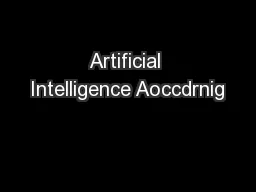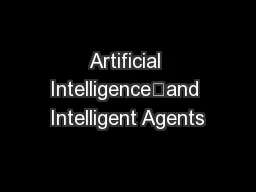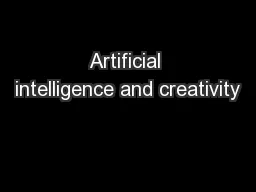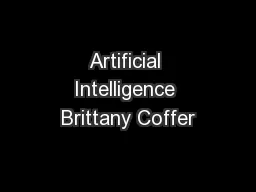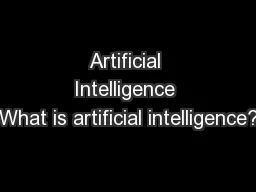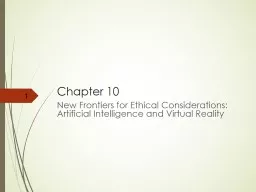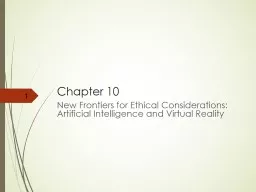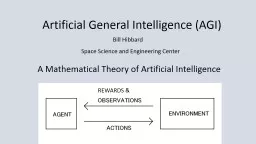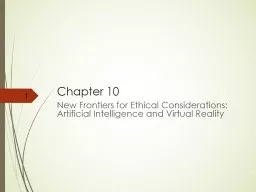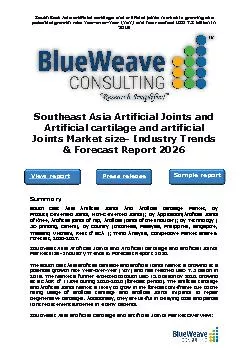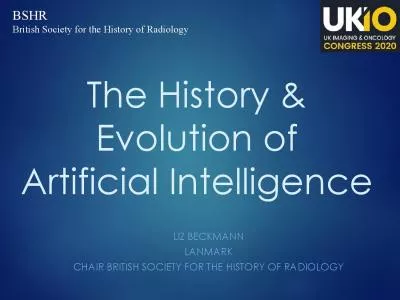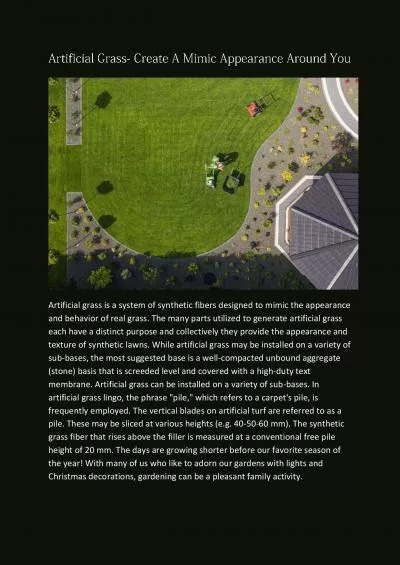PPT-Artificial Intelligence Aoccdrnig
Author : stefany-barnette | Published Date : 2018-11-13
to rscheearch at Cmabrigde Uinervtisy it deosnt mttaer in waht oredr the ltteers in a wrod are the olny iprmoatnt tihng is taht the frist and
Presentation Embed Code
Download Presentation
Download Presentation The PPT/PDF document "Artificial Intelligence Aoccdrnig" is the property of its rightful owner. Permission is granted to download and print the materials on this website for personal, non-commercial use only, and to display it on your personal computer provided you do not modify the materials and that you retain all copyright notices contained in the materials. By downloading content from our website, you accept the terms of this agreement.
Artificial Intelligence Aoccdrnig: Transcript
Download Rules Of Document
"Artificial Intelligence Aoccdrnig"The content belongs to its owner. You may download and print it for personal use, without modification, and keep all copyright notices. By downloading, you agree to these terms.
Related Documents

